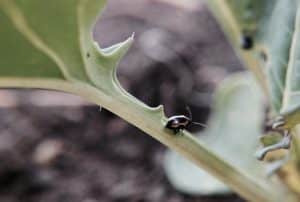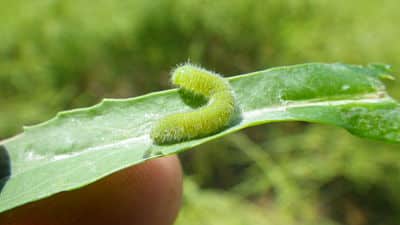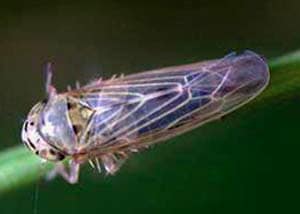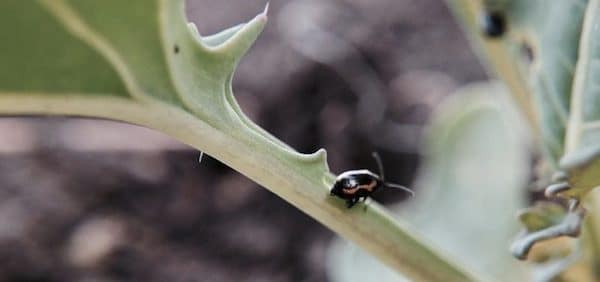
Flea beetles remain the single biggest insect threat this week, although pressure seems to be waning. Cutworm losses have been reported in a few fields across the Prairies, but damage is usually patchy within a field and nearby fields might not have any losses. The key with all insects is to scout and count and adhere to economic thresholds for control. Just seeing a few cutworms or grasshoppers or any other pest is not a reason to spray them.
Cutworms: Scouting reports show isolated cases of spraying all across the Prairies. Cutworms tend to be patchy, and therefore a lot of cutworm feeding may be going unnoticed this year because emergence is also patchy in a lot of fields for various reasons.
Cutworm species tend to have their own favourite conditions. For example, pale western like tilled soil, redbacked tend to be more common in fields that produced a pulse crop the year before, and dingy are more common in fields that had a lot of green growth in the fall. Click here for an article with more tips and links to Alberta’s monitoring program.
Flea beetles: The risk of economic loss is lower this week as canola plants grow larger, more crops are emerging meaning a spreading out of the food source, and as more fields are sprayed. Hotspots still exist, so don’t let the guard down just yet.

Imported cabbageworm. Cabbage butterflies are everywhere at low thresholds, but from time to time growers will identify the larvae feeding in canola fields and wonder what to do with them. As long as there is good vegetative growth, they feed mostly on leaves and it is not usually economical to spray them.

Aster leafhopper. A few adults were found in ditch grasses in spotty locations last week, so south winds have finally brought them in from the southern U.S. AAFC will test them for the presence of the aster yellows phytoplasma, but leaf hopper numbers so far are too low to suggest any major aster yellows risk. AAFC will keep us posted. Diamondback moth adult counts could also spike this week with the south winds.
Grasshoppers. Early hatches have been spotted, but there is no economic threat at this time. Small grasshoppers don’t do much damage, but if dry conditions continue, grasshoppers will be a pest to watch.
Bertha armyworm. Adult traps are going up this week for provincial counting programs. Alberta is looking for growers and agronomist who will host traps. For trap details and contact information, go to Alberta’s Insect Pest Monitoring Network site.
Further reading:
